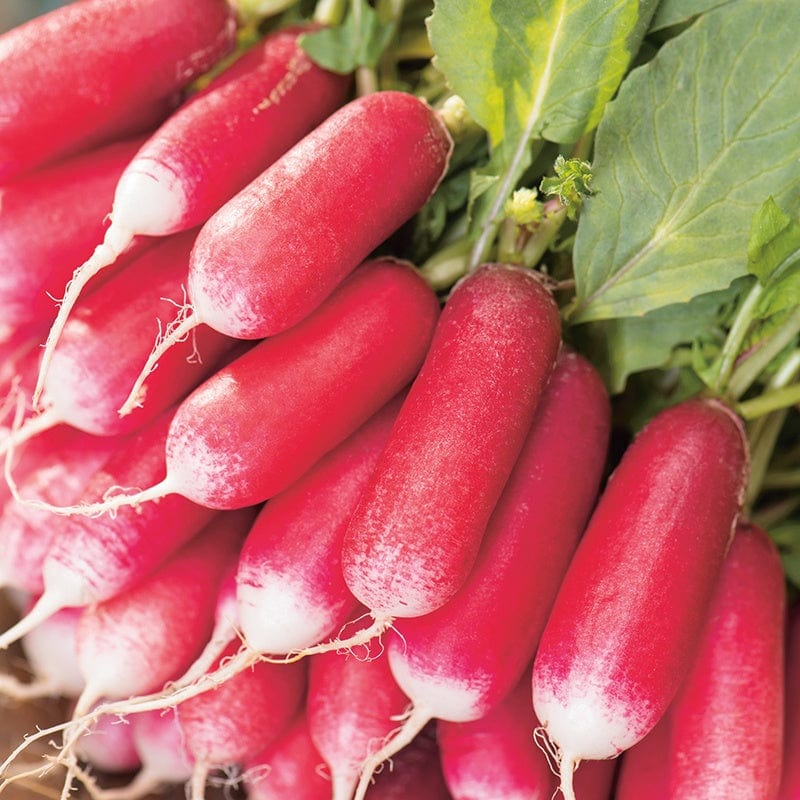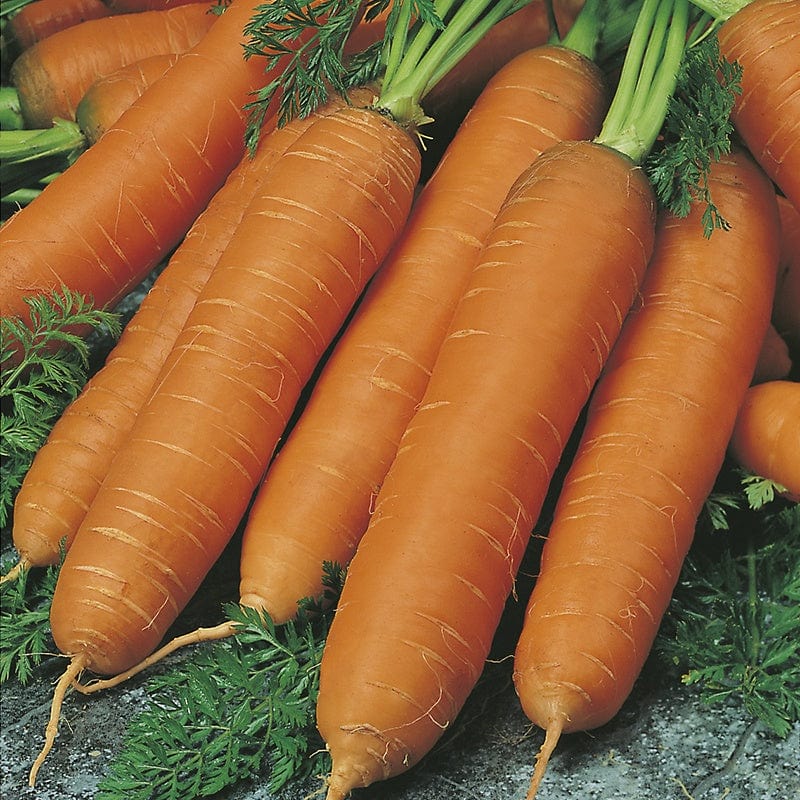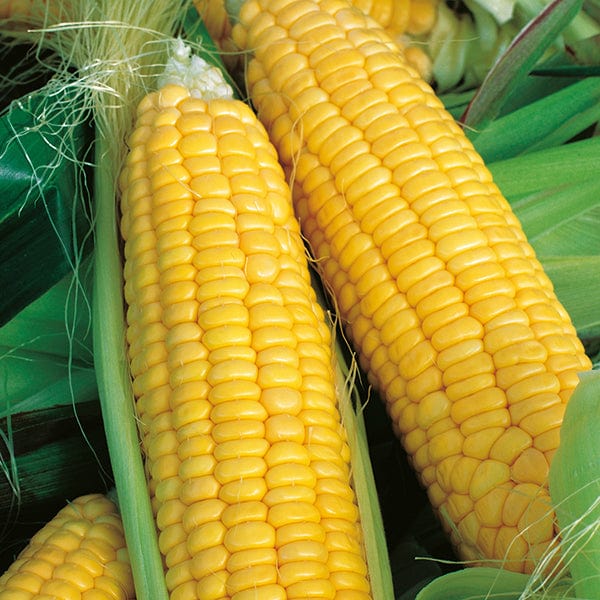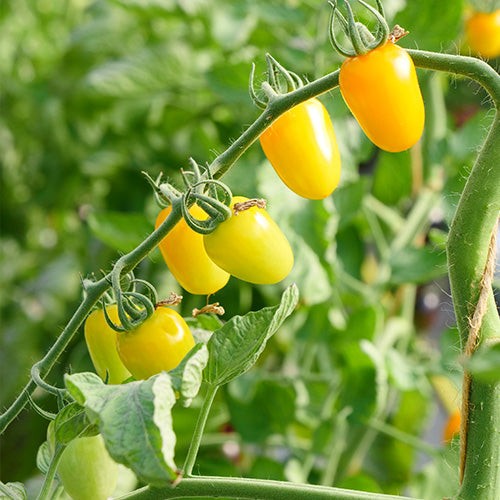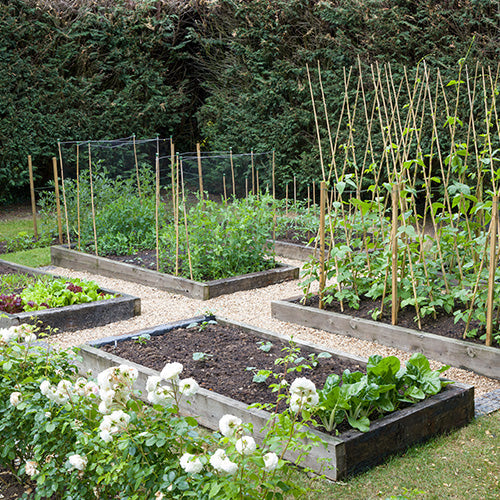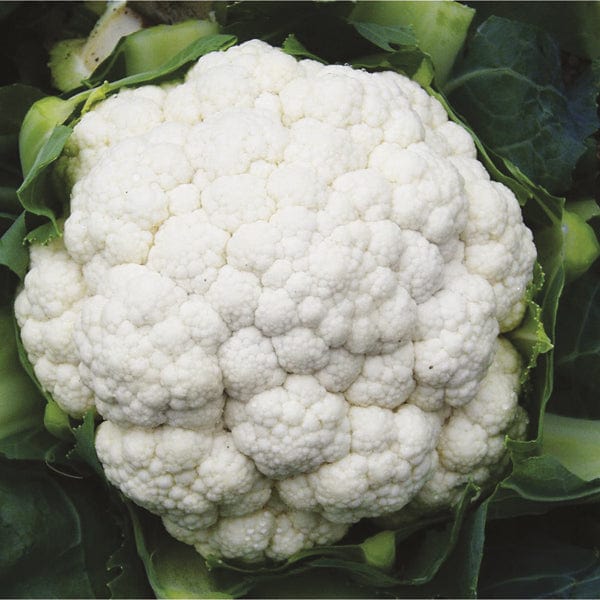Firstly, get stuck in and give it a go! What is the worst that can happen? You can try again next time with the gained knowledge under your belt. We’re building a community of likeminded fellow growers who have experience to share and take a note of.
With thanks to Maria from the NVS for sharing her methods for growing tomatoes in which we hope you can make good use of in your own growing practices...
There are so many different variety of tomatoes, we all have our favourites Apero, Alicante, Crimson Crush are a few of mine. My growing started with my father when I was 7 years old. I’ve gained various certificates along the way and have a real passion for growing to feed the family. I’ve tried many different methods and have settled on the following having found this to be best suited to me.
Here’s how I grow tomatoes:
Sowing Seed
Seed is sown the end of February in the greenhouse around about 18 degrees Celsius. Compost is sieved to produce a fine growing medium with an application of vermiculite which improves aeration of the soil, germination takes 7-14 days.
I live in South Wales, about 2 miles from the sea, the climate is fair and so you do need to take the temperature and facilities you have into consideration when deciding when to start to sow to aid good germination.
Transplanting Seedlings / Young plants
As soon as they are big enough to handle transplant them into three Inch pots, after a few weeks of growth plant into a prepared bed 18 inches apart supported with bamboo canes.
Training your Tomatoes for Bumper Crops
The tomato plants will produce side shoots which sprout between the leaf and main stem. First thing to do is to know the type of tomato you want to grow. Make note of whether they are Determinate / Bush tomatoes or Indeterminate tomatoes, also known as Vine or Cordon tomatoes. In the case of indeterminate tomatoes, the side shoots, which can be called robbers/ suckers, will need to be removed.
As you can see from the photo, the arrow shows the robber needing to be removed to allow one main leader to establish.
Watering is key
Water regularly with warm water from a watering can, water at the base of the plant and apply a liquid feed once week when the first truss has formed. It’s important to ventilate the greenhouse to prevent pest and disease.
Companion Planting.
Marigolds make good companion plants for tomatoes. They give off a distinctive smell that whitefly hate – so planting them under tomatoes, especially in the greenhouse, helps keep this pest at bay.
Despite the challenges gardeners face there is nothing like growing and eating your own fresh and tasty organic fruit and vegetables.




